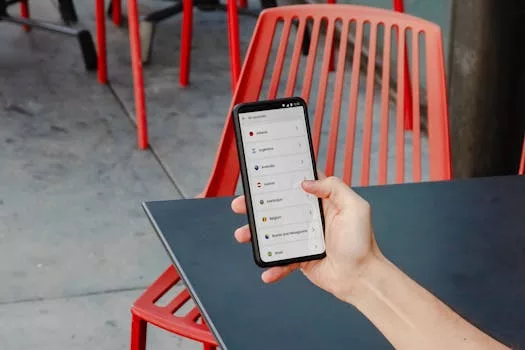
The Essential Role of Breaks and Downtime in Boosting Productivity
Takeaways:
- Regular breaks enhance focus and creativity.
- Downtime reduces stress and prevents burnout.
- Incorporating breaks into your routine can significantly improve overall productivity.
In our hustle-driven society, the concept of taking breaks can often seem counterproductive. However, research shows that breaks and downtime are crucial for maintaining high levels of productivity and overall well-being. This article delves into the importance of breaks, how they impact our work efficiency, and practical strategies to incorporate them into our daily routines.
The Science Behind Breaks and Productivity
Studies indicate that taking breaks can greatly enhance our cognitive function. When we work for extended periods without rest, our brains become fatigued, leading to decreased focus and creativity. According to research published in the Journal of Applied Psychology, short breaks can help to restore energy and improve performance on tasks that require concentration.
One popular technique is the Pomodoro Technique, which advocates for working in focused intervals (typically 25 minutes), followed by a short break (5 minutes). This cycle not only prevents burnout but also keeps our minds fresh, allowing for better retention of information and improved problem-solving skills.
The Mental Health Benefits of Downtime
Downtime is not just about taking a break; it’s about allowing our minds to rest and rejuvenate. Continuous work without sufficient breaks can lead to increased stress levels and mental exhaustion. The World Health Organization recognizes burnout as an occupational phenomenon, emphasizing its potential damage to employees’ mental health.
Engaging in leisure activities during downtime—whether that’s going for a walk, reading a book, or practicing mindfulness—can contribute significantly to mental health. Research shows that leisure activities can lower stress and anxiety levels, foster creativity, and improve our overall mood.
By prioritizing downtime, employees can return to their tasks with renewed energy and motivation, ultimately enhancing their productivity in the workplace. A study conducted by the American Psychological Association found that individuals who took regular breaks reported higher job satisfaction and lower levels of stress.
How to Integrate Breaks into Your Routine
Incorporating breaks into your workday doesn’t have to be complicated. Here are some practical tips:
- Schedule Breaks: Treat breaks as important appointments. Schedule them into your calendar to ensure you take them.
- Change Your Environment: Step away from your desk, go outside, or find a quiet space to clear your mind.
- Engage in Physical Activity: Use your breaks to stretch, walk, or engage in light exercise. Physical movement can boost your mood and energy levels.
- Practice Mindfulness: Consider incorporating mindfulness or meditation during your breaks to help reduce stress and enhance focus.
- Limit Screen Time: Use your breaks to disconnect from screens. This will help your eyes and mind to recharge.
By implementing these strategies, you’ll not only improve your productivity but also your overall quality of work and life.
Conclusion







